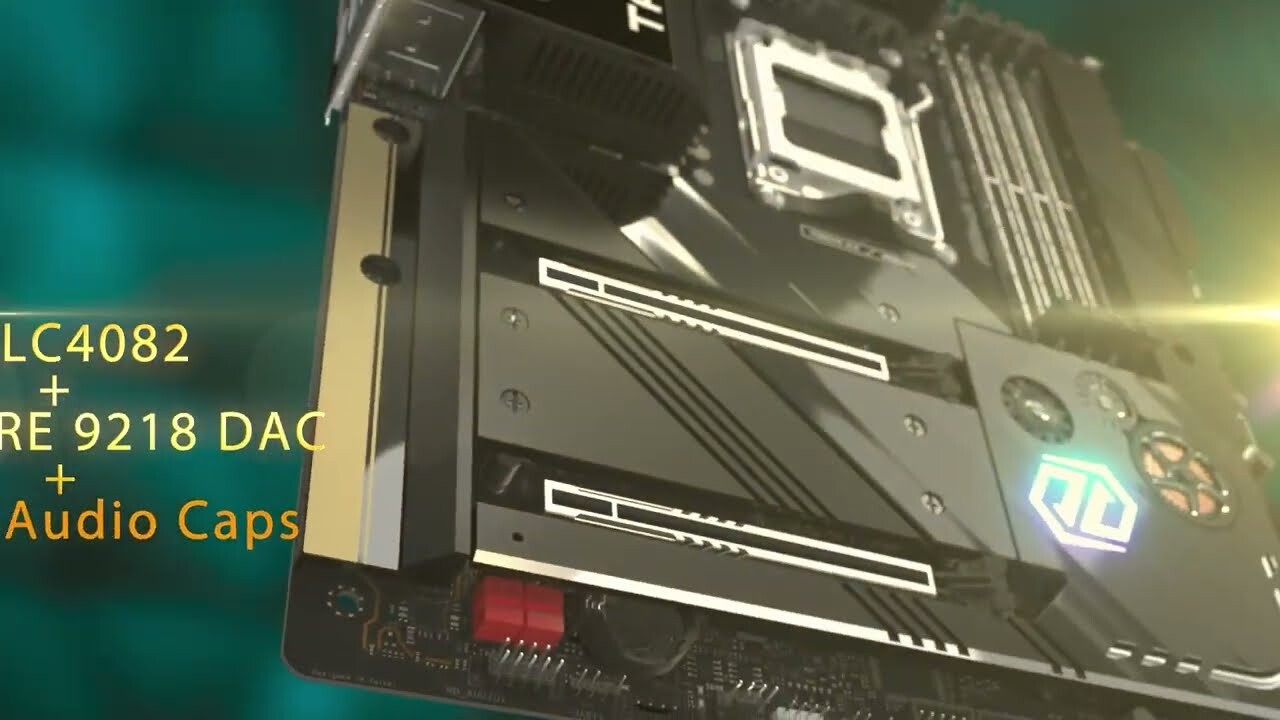True, but they sometimes reuse the same board layout for 2 or 3 variants (like Prime, TUF and Pro or something like that).
Intel used PCIe 5.0 really just as a marketing bullet point, there's no consumer products on the market that support pcie5.0, not even their Intel Arc gpus (coming soon^TM) will support it. I think the big advantage of Alder Lake was the 8x DMI (chipset link), but that's not as "marketable" for the general consumer.
x16 slot and nvme being on 5.0 is great and all, but I'm more curious on how AMD will handle the chipset link with the 2 chipsets, x4 or x2 to each one? Or x8 to the master and then x4 from master to slave?
SLI is far from the only reason to want more expansion, even before going HEDT. There's capture cards, gpu passthrough, sound cards, usb expansion, ethernet nics, etc. that users may want to connect. And Threadripper Pro is a BIG jump in everything, especially price, that would be more of an argument when regular Threadripper was being updated, but it seems that it's a dead platform for now.
I was hoping the move to PCIe 5.0 and dividing the chipset, or whatever their idea with the 2 chips is, there was going to be more IO which (with the very limited info we have now) doesn't seem to be the case. Even though Asus Prime is the lower end of the Asus lineup, this is still the X chipset version, not B or A budget ones.








